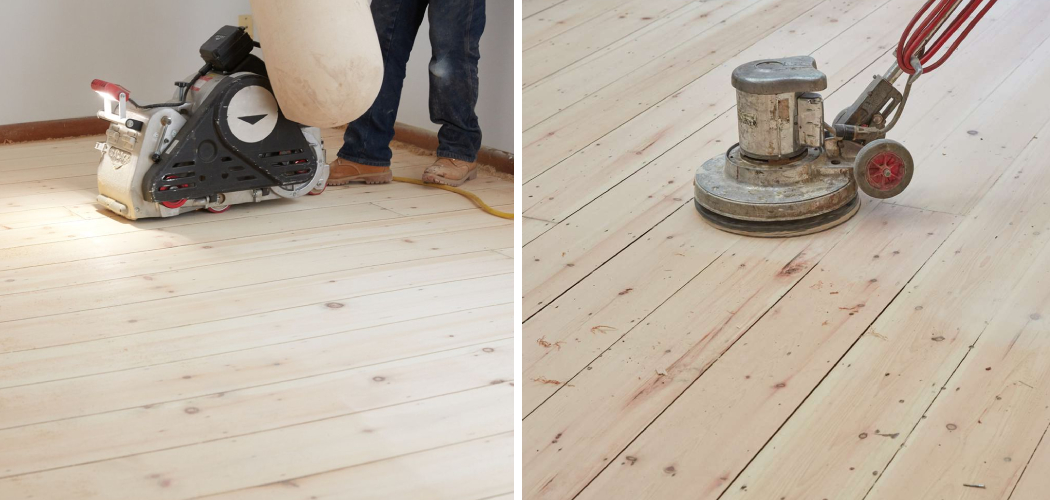Engineered hardwood floors add a stylish look and timeless beauty to your home, but can become dull or damaged over time. If you’re interested in restoring the original luster of your engineered hardwood flooring, then this blog post is for you!
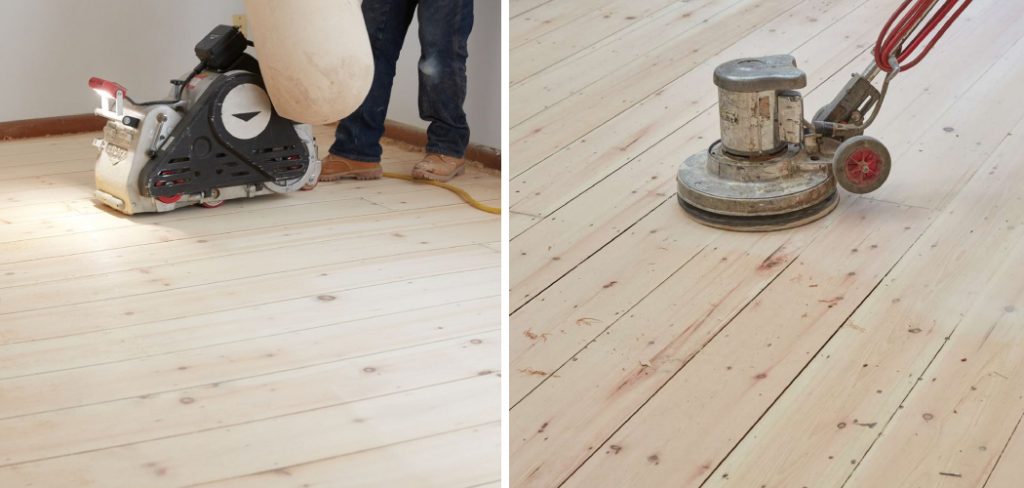
Here, we’ll discuss how to remedy common issues associated with worn-down engineered hardwood floors—from cleaning tips to repairs that will help keep it looking like new—so that you can enjoy your beautiful floors for many years to come.
In this post, we’ll discuss how to restore engineered hardwood floors in order to give them that like-new look once again. We’ll break down each step involved in restoring engineered hardwood floors, from assessing the damage and prepping the area all the way through buffing out scratches.
Why May You Want to Restore Engineered Hardwood Floors?
1. To Keep It Looking Beautiful
One of the main benefits of restoring your engineered hardwood floors is that it will help keep them looking beautiful for years to come. The restoration process helps to restore the shine and luster of your flooring, removing dirt, dust, and scratches that can accumulate over time.
2. To Increase Its Durability
Engineered hardwood floors are designed to be durable but they do require regular maintenance to keep them looking and functioning their best. Restoring your engineered hardwood floors can help make them more durable, helping them last longer and saving you money in the long run.
3. To Repair Damage
If you have experienced damage to your engineered hardwood flooring, restoration can be an excellent way to repair it without having to replace the entire floor. A professional can assess the damage and help you determine what needs to be done to restore your floors.
4. To Save Money
Restoring engineered hardwood floors is usually more affordable than replacing the entire floor, so if you’re looking for ways to save some money, restoring your engineered hardwood floors is a great option. With proper maintenance and care, your floors can be restored to like-new condition without breaking the bank.
10 Ideas on How to Restore Engineered Hardwood Floors
Now that you know why you may want to restore engineered hardwood floors, it’s time to learn how. Restoring engineered hardwood floors is a relatively straightforward process and with the right equipment, tools, and materials, anyone can do it. Here are some tips for restoring your engineered hardwood floors:
1. Vacuum and Sweep
Start by doing a thorough cleaning of your floors to remove any dirt, dust, or debris that may have accumulated over time. Use a vacuum with an attachment designed for hardwood floors to get into crevices and corners, then sweep the entire area to make sure everything is clean before you start the restoration process.
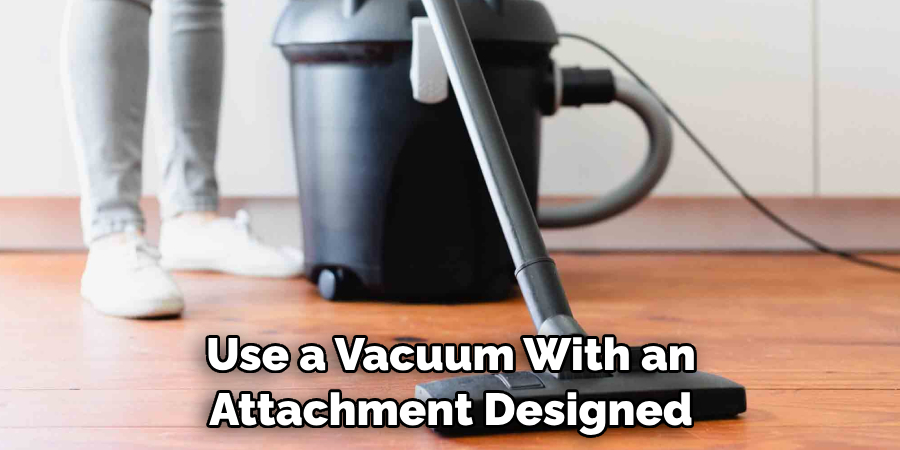
2. Clean with a Wood Floor Cleaner
After you’ve vacuumed and swept the area, use a wood floor cleaner to give your floors an extra deep cleaning. This will help remove any built-up grime or residue that may have accumulated over time and ensure that your surfaces are clean before starting the restoration process.
3. Sand Any Imperfections
Once your floors are clean, use a sanding machine to smooth out any imperfections. This will help the restoration process go more smoothly and also give your floors a fresh look. Also you have to make sure to change the sandpaper often to avoid damaging your floors.
4. Get Rid of Stains and Scratches
After you’ve sanded down any imperfections, use a wood stain or sealer to get rid of any stains or scratches that may be present. This will help protect your floors from further damage and also give them a beautiful finish.
5. Seal the Floors
Once you’ve finished staining and sealing your floors, it’s time to seal them. This will protect your floors from any further damage and also keep dirt and debris from accumulating in the future. Use a good quality sealer for the best results.
6. Apply Wood Filler
Wood filler is an important step in the restoration of engineered hardwood floors. It will help fill in any cracks or gaps that may be present and also provide an even finish to your flooring. Make sure you use a good quality wood filler for the best results.
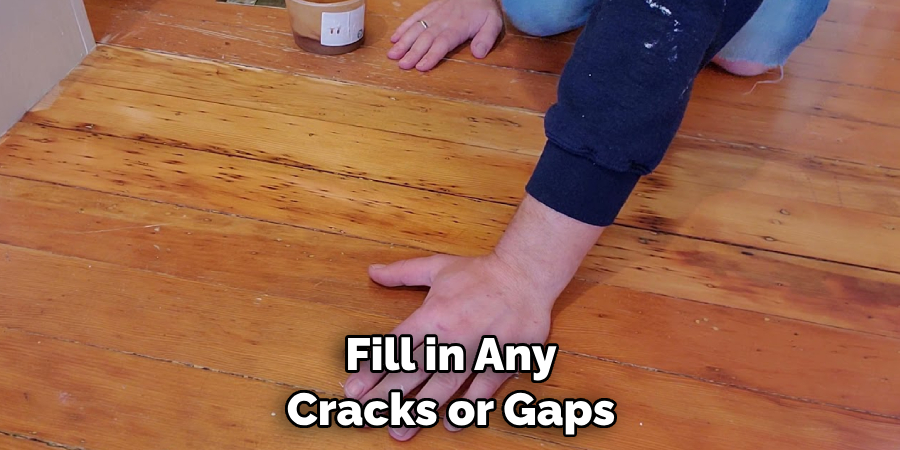
7. Polish the Floors
Once you’ve filled in any cracks or gaps, it’s time to apply a wood polish. This will give your floors an added shine and make them look brand new. Make sure you use a good quality wood polish for the best results.
8. Refinish the Floors
Now that your floors are looking great, it’s time to refinish them with a hardwood floor finish. This will protect your floors from any further damage and also help them last for years to come.
9. Buff the Floors
Once your floors have been refinished, use a buffing machine to give them an extra shine. This is an optional step but can really bring out the beauty of your engineered hardwood floors. Also, you have to make sure to change the buffing pad often to avoid damaging your floors.
10. Check for Any Issues
Once you’ve finished the restoration process, take a few minutes to check for any issues. Look over your floors and make sure there are no signs of damage or wear that need to be fixed before you start using your floors again.
Following these steps will help you restore engineered hardwood floors and get them looking like new again. With the right tools, materials, and knowledge, anyone can restore their engineered hardwood floors and bring back their old beauty. Good luck!
Frequently Asked Questions
What Precautions Should I Take to Restore Engineered Hardwood Floors?
To ensure a successful restoration, it is important to take certain precautions when restoring engineered hardwood floors. Firstly, read and follow the manufacturer’s instructions for your specific flooring type and make sure appropriate cleaning products are used. Secondly, avoid using steam cleaners as they can damage the finish of the wood. Lastly, when using any cleaning products, make sure to test a small area of the flooring first to ensure that it doesn’t damage or discolor it.
How Do I Clean Engineered Hardwood Floors?
The best way to clean engineered hardwood floors is by using a vacuum with a soft-bristle attachment and then gently wiping them down with a dry mop. It is important to avoid using any water or cleaning products on the floors as this can damage the finish of the wood. For tougher stains and dirt, you can use a damp cloth and mild detergent specifically designed for wood floors.
What Should I Avoid When Cleaning Engineered Hardwood Floors?
When restoring engineered hardwood floors, it is important to avoid using steam cleaners, as this can damage the finish of the wood. Additionally, do not use any water-based or chemical cleaning products as these can also damage the flooring. Lastly, make sure to avoid wiping the floors with a wet mop as this may lead to warping and discoloration.
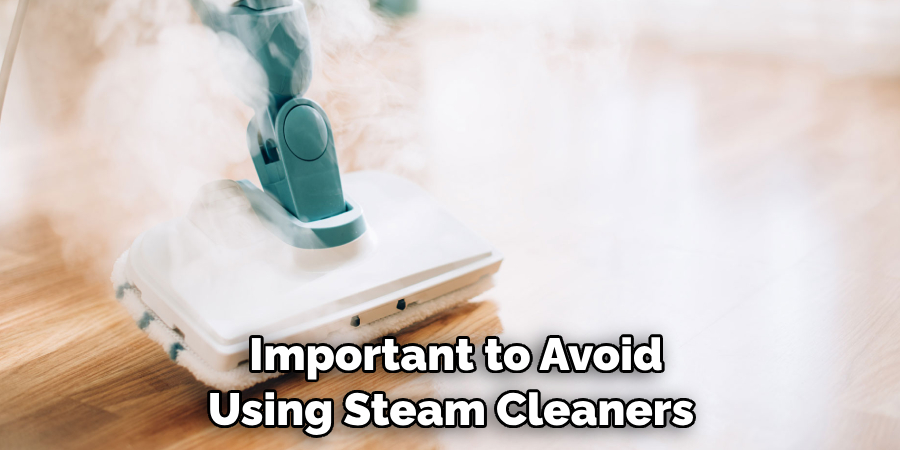
What Should I Do After Restoring Engineered Hardwood Floors?
Once the restoration process is complete, it is important to apply a protective finish such as wax or polyurethane. This will help protect the floor from future damage and wear and tear while preserving its natural beauty.
Additionally, you should consider having your floors professionally cleaned by an experienced wood floor cleaning specialist every few years to ensure the floor remains in good condition. By taking these simple steps, you can ensure that your engineered hardwood floors will look beautiful for years to come.
How Much Does It Cost to Restore Engineered Hardwood Floors?
The cost of restoring engineered hardwood floors will vary depending on the size of the room and the condition of the floor. On average, it will generally cost between $2.00 and $3.50 per square foot for basic restoration and cleaning services, with more complex repairs or refinishing costing up to double that amount. Additionally, the cost of any protective finish or professional cleaning services will need to be factored into the overall cost.
Can I Do the Job Myself?
Restoring engineered hardwood floors is a job that can be done by most homeowners, however, it is important to read and follow the manufacturer’s instructions for your specific flooring type. Additionally, if you decide to do the job yourself, make sure to use cleaning products specifically designed for wood floors and avoid using steam cleaners.
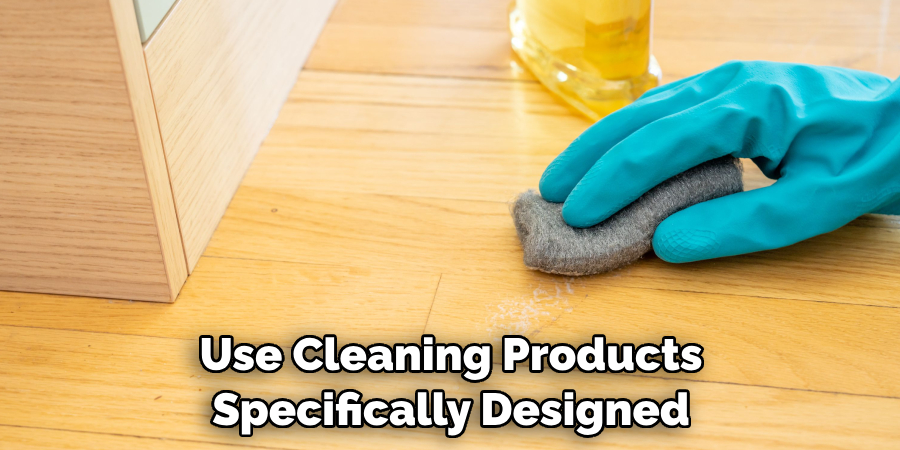
Conclusion
Restoring your engineered hardwood floors is relatively easy and will give you a sense of satisfaction and great pride in having done some DIY. Remember, the differences between solid and engineered hardwood floors suggest different care methods and procedures, so it’s important to familiarize yourself with the properties of each kind before attempting restoration yourself.
You can also contact professional flooring contractors who specialize in refinishing hardwood floors if your desired results are not available with DIY.
Now you know how to restore engineered hardwood floors! Nonetheless, restoring engineered hardwood floors by yourself is very doable, cost-effective, and rewarding! With a few key steps illuminated here today, you can feel more comfortable diving into this project solo without too much headache.
